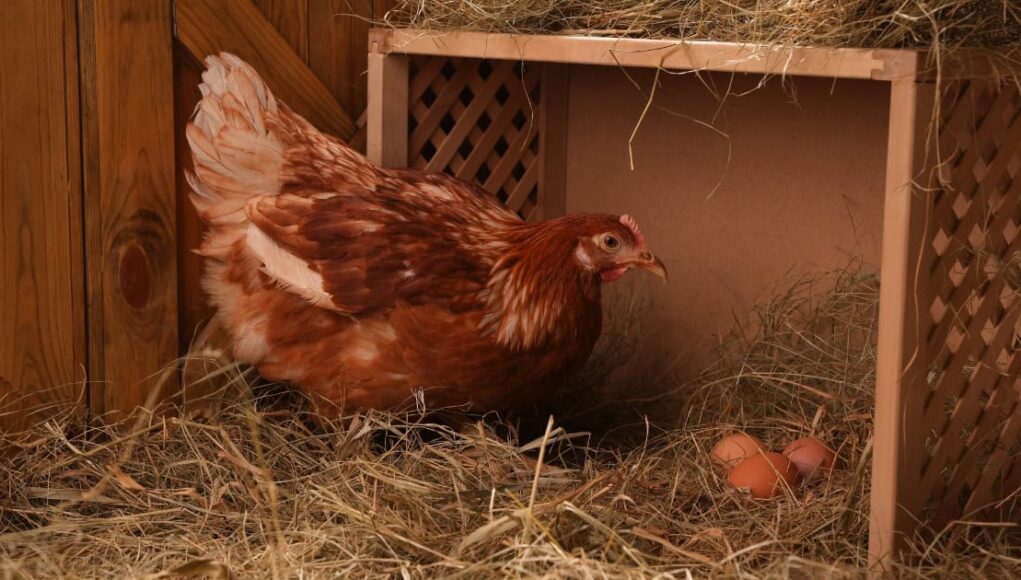For many poultry enthusiasts and farmers, the question of whether to place nest boxes under roosts is a common one. This choice can significantly impact the health and productivity of your flock. Here, we delve into this topic, exploring the benefits and potential challenges of different arrangements in your chicken coop.

Understanding the Basics of Nest Boxes
Nest boxes are essential components of any chicken coop, providing a safe and comfortable place for hens to lay their eggs. Proper placement is crucial to ensure that your chickens feel secure and are encouraged to lay regularly.
Why the Placement Matters
The placement of nest boxes can affect egg cleanliness, chicken behavior, and overall flock health. Improper placement can lead to dirty eggs and stressed hens, which is why understanding where to position these boxes is vital.
Pros of Placing Nest Boxes Under Roosts
While some argue against placing nest boxes under roosts, there are several benefits to consider:
- Space Optimization: Utilizing space under the roosts can be an efficient way to maximize the use of available space in smaller coops.
- Warmth: During colder months, nest boxes located under roosts may benefit from the warmth of roosting chickens above.
Cons of Placing Nest Boxes Under Roosts
However, there are also some drawbacks:
- Messiness: Chickens naturally defecate while roosting, which can lead to dirty nest boxes and eggs if they are placed directly underneath.
- Disturbance: Hens may be disturbed by the activity above them, which can lead to stress and reduced egg production.
Alternative Nest Box Placements
To avoid the issues associated with nest boxes under roosts, consider these alternatives:
Side Wall Placement
Placing nest boxes along the side walls of the coop keeps them clean and accessible while providing hens with a quiet, undisturbed space to lay their eggs. This setup encourages consistent egg production and reduces the risk of dirty eggs.
Elevated Nest Boxes
Mounting nest boxes at a higher level, away from roosting areas, can prevent contamination and make egg collection easier for farmers. Hens also prefer elevated spaces for laying, as it gives them a sense of security.
Designing the Perfect Nest Box
Regardless of placement, certain design elements can optimize the functionality of your nest boxes:
- Privacy: Ensure that each box is enclosed enough to provide privacy for the laying hens.
- Comfort: Use organic bedding to enhance comfort and cleanliness.
- Accessibility: Make sure the boxes are easily accessible for both hens and farmers, facilitating easy egg collection and cleaning.
Maintaining Clean Nest Boxes
Keeping your nest boxes clean is crucial for the health of your flock and the quality of the eggs. Regular cleaning and using proper bedding material can prevent contamination and breakage.
Routine Cleaning Guidelines
Establishing a routine for cleaning your nest boxes will help maintain a healthy environment for your chickens. Remove old bedding and debris weekly, and disinfect the boxes monthly to prevent disease.
Encouraging Egg Laying
Strategic placement of nest boxes can encourage hens to lay more eggs. Keeping the boxes in a quiet, comfortable area of the coop can promote regular laying habits.
Using Decoy Eggs
Placing decoy eggs in the boxes can encourage hens to lay in the desired location. This technique is especially useful when introducing new hens to the coop.

FAQs about Nest Box Placement
1. Should nest boxes be placed on the ground?
While ground placement is possible, elevated boxes are generally preferred to prevent contamination and provide hens with a sense of security.
2. How many nest boxes do I need per hen?
It is recommended to have one nest box for every 4-5 hens to ensure that each has a place to lay without overcrowding.
3. Can I use any type of bedding in nest boxes?
Using organic bedding is recommended for its absorbency and comfort, which helps keep the eggs clean and reduces the risk of breakage.
For more innovative ideas on nest box designs, check out this guide on chicken nesting boxes.
In conclusion, while placing nest boxes under roosts can be space-efficient, it’s important to weigh the pros and cons carefully. By considering alternative placements and maintaining clean, comfortable boxes, you can ensure a productive and healthy flock.
This article contains affiliate links. We may earn a commission at no extra cost to you.











